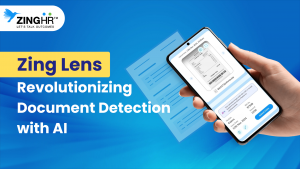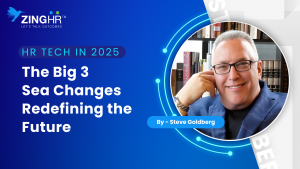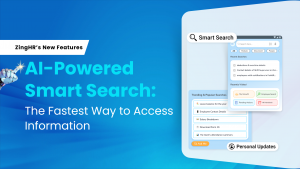Social and mobile technologies have proved to be practical tools for finding and hiring people in recent years. Recently, we have begun to see consumer technology–particularly social–being used in other HR tasks. However, although research indicates that these next-generation technologies have the potential to enhance corporate communication and collaboration, business executives are left with one question: “Who takes ownership of these tools?
Human Resource Planning
The first hrms enterprise is all about anticipating the organization’s future requirements. How many and what type of individuals does the organization require? This understanding will influence recruiting, selection, performance management, learning and development, and other human resource activities.
Recruitment And Selection
The second HR role is recruiting and choosing the most exemplary individuals to work for the company. Typically, attracting individuals begins with an employee brand. Being a desirable employer has many benefits – as does being a hot employee. The tobacco sector, for example, struggles to recruit talent owing to its tarnished image.
You are already halfway there if you have a great employer brand and the appropriate sourcing methods in place. After applicants apply, HR chooses the most qualified and high-potential individuals to use in the selection process. Because of the rapid technological advancements in recruiting, there are many kinds of recruitment tools for each stage of your recruitment funnel.
Productive and Motivated
HRMS for enterprises is critical for keeping employees productive and motivated. Good performance management requires strong leadership, well-defined goals, and transparent feedback.
The (bi) annual performance review, in which their boss evaluates the employee, is one of the performance management techniques. It also contains 360-degree feedback tools, which allow colleagues, supervisors, subordinates, and, in some instances, consumers to evaluate an employee’s performance. These types of tools may be beneficial for giving feedback.
Performance management may also be used to bridge the gap between today’s workforce and the workforce of the future. Learning and development are two of the most effective methods to create your future workforce (L&D).
Learning and Development
HRMS for enterprises is responsible for enabling workers to acquire the skills they will need in the future. This is also linked to the first HR role we mentioned, in which HR bridges the gap between the workforce of today and the workforce of tomorrow.
Organizations have always put up funds for learning and development. This funding is subsequently divided among the company’s workers. This charge is required in certain countries. Companies having an annual pay bill of more than £3 million, for example, must pay a required rate of 0.5 percent for their workers’ professional education.
In some countries, it is the employer’s duty to care for its workers via L&D. This is a virtually uncontrolled area in the third group of nations, such as the United States. Regardless of regulatory variations, virtually all businesses recognize the need to invest in their workers’ abilities. The HR department must steer these efforts in the correct direction.
Planning a Career
The fifth function of HRMS enterprise is employee career planning, guidance, and development, often known as career pathing.
Showing workers how their desire may assist the company’s future engagements and retain them. Better succession planning, greater productivity, and a strong employer brand are all advantages for the company.ṣ




